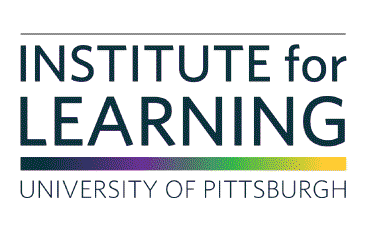Students and teachers developed lessons about racial identity through a collaborative on race and racism.


In the Dallas Independent School District, students of color sought more affirming representation in their classrooms and schools. A design collaborative of students and teachers assembled to create new curriculum to address this. They developed a set of six classroom lessons on identity, race, and racism to unpack and ultimately disrupt white-dominant culture.






In this case study, students were involved in improvement efforts to see the system and design change. Learn more about the student-powered improvement framework here.

Adolescent students of color and their teachers participated in a three-month design experience called the Student + Teacher Collaborative on Race and Racism. Centering their own stories and experiences, the team of students and adults collaboratively built classroom lessons about racial identity.
The Collaborative was designed to further center the stories and experiences of students of color in Dallas ISD. One participating teacher said, “One of my hopes and dreams is to provide an opportunity for students of color, particularly Black students who are typically overrepresented in special education and disciplinary placements, to be valued in schools and classrooms.”
Seven middle and high school teachers and 13 of their students volunteered to participate in the Collaborative. They were recruited through the Network for School Improvement partnership between Dallas Independent School District and the Institute for Learning.
The Collaborative met four times between November 2020 and January 2021, with homework between sessions. Students and teachers explored and affirmed their own racial identities, sketched out their personal racial journeys, co-created a questionnaire for teachers to use in their classrooms, and developed a set of six classroom lessons that teachers began implementing after the Collaborative completed its work.
The four sessions included activities focused on connecting students and adults with each other, learning about liberatory design, conducting empathy interviews, reflecting on themes from data collected through empathy interviews and a co-created questionnaire, creating and refining the classroom lessons, and expressing gratitude for each other’s work.
The Design Collaborative started with building empathy for one another, but student involvement did not end there. Students remained full partners in the collaborative throughout the time together. Furthermore, a co-created questionnaire helped gather input from a wider group of students and both students and teachers conducted additional empathy interviews with community members.
The Collaborative gave space for students and teachers of color to describe their experiences with racism at school. Understanding, and ultimately disrupting, white-dominant culture requires placing the voices of students and teachers of color at the center.
The Design Collaborative was designed by a multiracial team of process facilitators and anti-racist consultants who prioritized building relationships and creating space where adults and students alike could share their experiences and affirm their own identities. Students and teachers unpacked their racial experiences within racial affinity groups. In another activity, teachers completed culturally-centered pedagogy reflection questions to examine their own experiences and perspectives and then discussed these questions as a group. These and other experiences created a foundation for the students and teachers to engage in lesson development as a community.
One teacher said, “It is so important to hold spaces for our kids, especially where our country is at. Race really does affect their everyday life. School should allow spaces for this. I really valued working with students and creating a vehicle for that kind of work to take place.”
Students’ feedback confirmed that they valued work on their racial identity. They said, I learned it is ok to be yourself and be brave and speak your truth. I learned that I like to communicate my feelings about race and my identity. I learned that I did not know a lot about myself and I have a lot of learning to do.